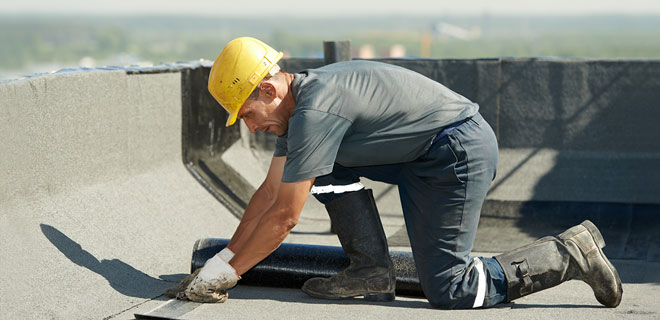Whenever it rains, your roof is under attack from liquefied intruders from the atmosphere, looking to breech your home’s fortifications and rip-off your right to be warm and dry. Rainwater is rapid to exploit any flaw in the reliability of your roofing defense system. Roofing things can wear out, disrupt, oxidize, blow off, or else fail and give dampness the opening it needs to do its destruction. Most frequently, rainwater finds its way from the roof by way of a chimney, plumbing outlet, exhaust fan or window, flashings when the sealant junctions around these diffusion crash and fail. If you live in an area with frequent rain, like Singapore, you know that there’s not much point in having a roof over your house unless it is waterproof. Thankfully, there are several ways in roof waterproofing in Singapore and prevent it from leaking.
Take a look at a few of the most common types of roof waterproofing practices in Singapore and how they value your roof and in turn, your home:
Clean Your Roofing
When you are trying to waterproof your roof, you should first start with a clean and fresh surface. Use the push sweeper and dust pan to eliminate any dirt or fragments from the roof. Remove as much of the fragments as possible and take your time so you can do this appropriately.
Update your Flashings
Aluminum flashings are an essential waterproofing component for roofs because they protect vulnerable areas where water has a tendency to amass and saturate materials if left unmitigated. Your flashings will presumably maintain their condition for decades, however if they’re damaged or suffering from rust deterioration, they’ll need to be replaced for optimal waterproofing.
Carry out Mild Repairs
Concrete can crack and produce leaks just like any other roofing material. Aluminum can corrode while other metals rust. Look for cracks, breaks or holes. These are areas where water would erode the roof further.
Apply your P’s and C’s
That’s primers and coatings. Specialized primers and coatings can be applied to the roof to seal in cracks and gaps that have formed naturally over time. These materials can be sprayed on or rolled on just like paint and when applied, form a waterproof membrane that will stand up to heavy rains for a substantial period of time. Depending on the availability of these materials at your local hardware store, they can be applied by homeowners with ease—however a safety factor is involved when climbing up on your roof to apply them. Be cautious!
Vapor Away
Pour the vapor barrier into the paint sprayer and liberally spray on an even coat on to your roof. Try to apply the waterproofing as evenly as possible. You will need to overlap with the last spray you placed. Let the vapor barrier dry before you add another coat. After your finishing coat dries, you can paint or prime it with a diverse color.
In conclusion, waterproofing your roof is something that every homeowners need to know if they want to keep a steady roof over their head.
